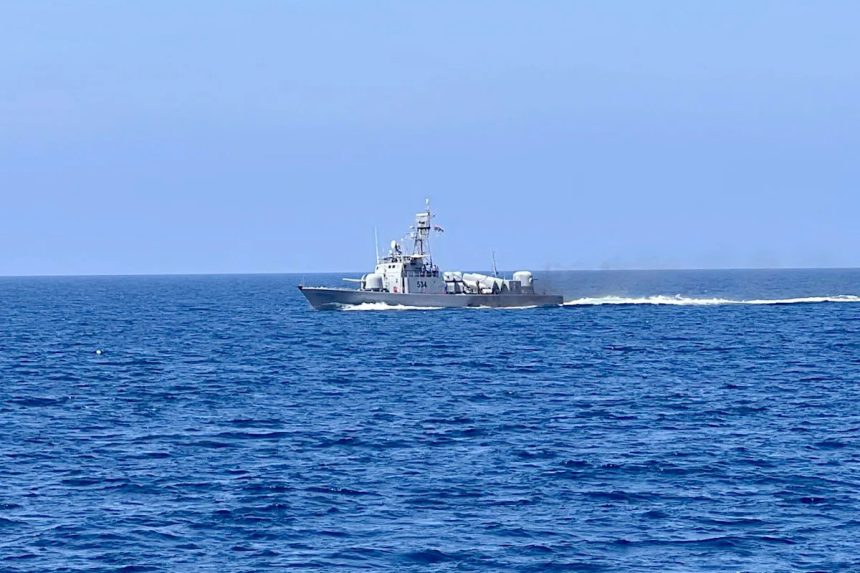Forty-two migrants, including 29 from Sudan, eight from Somalia, three from Cameroon and two from Nigeria, have been missing at sea and presumed dead since their boat overturned off the coast of Libya, according to the United Nations International Organization for Migration (IOM).
Their rubber vessel, packed with 49 migrants, capsized on November 3, six hours after departing the northwestern coastal town of Zuwara, the IOM said on Wednesday, citing survivors.
Seven of the passengers survived six days adrift at sea and were rescued on November 8 by a Libyan search and rescue crew, said the IOM.
The accident would mark the latest deadly crossing attempt in the central Mediterranean Sea, where more than 1,000 migrants trying to reach Europe have died this year, according to figures from the IOM’s Missing Migrants Project.
‘Urgent need for safe regular migration’
The latest shipwreck demonstrates “the urgent need for strengthened regional cooperation, expanded safe and regular migration pathways, and more effective search and rescue operations to prevent further loss of life”, said the IOM.
It also comes amid growing backlash towards the conduct of Libya’s coastguard and other authorities, which have long faced accusations of violence and abuse towards migrants while at sea and within their borders.
Between 2016 and September 2025, Libya’s coastguard committed at least 60 violent maritime incidents, according to a recent report by the NGO Sea-Watch. The incidents included shooting at boats carrying refugees and asylum seekers, abandoning people at sea and hindering rescue operations.
Last week, a coalition of 13 European search and rescue organisations suspended cooperation with Libya’s maritime rescue coordination centre over alleged rights violations. They accused Libya’s coastguard of being an “illegitimate actor”, amounting to a “decentralised network of armed militias equipped and trained with EU funds”.
“We will not be coerced into communicating our operational position to EU-funded armed militias, shooting at people fleeing to safety and our rescue crews,” said the alliance.
The central Mediterranean is the busiest route for irregular travel to the European Union, with more than 58,000 attempted crossings between January and October this year, according to the EU’s border agency Frontex.
Libya, home to about 867,055 asylum seekers and refugees, has emerged as a main transit route for those trying to reach Europe.
Rights groups and UN agencies have documented systematic abuse against refugees and migrants within Libya, including torture, rape and extortion.









